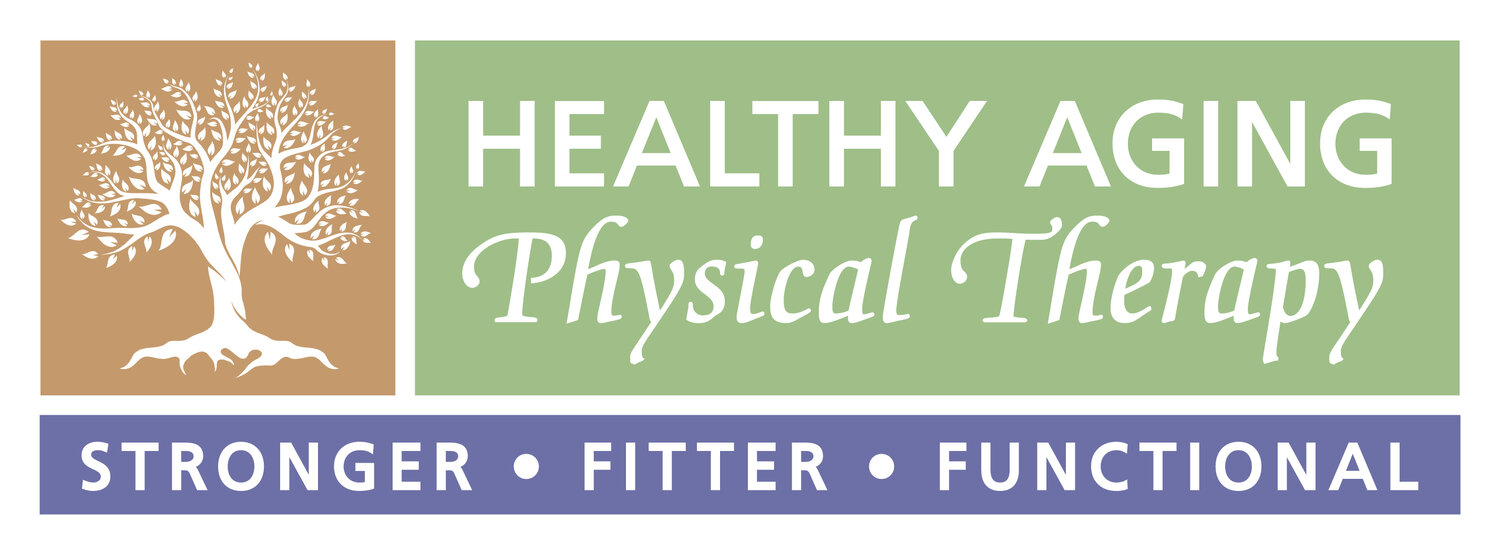Walking Speed - the Sixth Vital Sign
😳Did you know that simply being the SPEED that you walk can predict whether you still stay ACTIVE and INDEPENDENT - or whether you will be at increased risk for FRAILTY and FALLS? In fact, walking speed has been referred to as the ‘6th vital sign’ because it so highly correlated with over function. 🚶♀️🚶♀️🚶♀️
➡️ Here are some general guidelines what you can learn about what your walking speed might tell you:
🌟.4-.8 miles per hour: Walking at this speed should enable you to walk comfortably within your home setting. It will likely also mean you may struggle to walk outdoors or walk safely or easily in your community. Unfortunately, gait speeds under 1 mile an hour are also predictive of falls, so while walking this speed may enable you to move around at home, this can lead to isolation, decreased overall activity and a progression to frailty.
🌟Faster than 1.4 miles per hour: This is the cut-off for being able to care for yourself and do all the activities required on an average day to clean, bathe, toilet and dress. It will also likely mean you can get around your house safely and likely move around your community in a limited way.
🌟Faster than 2 miles per hour: If you are able to walk slightly faster, you can also likely continue to take care of your home, cook for yourself and complete other activities of daily living. People who walk at this speed can also usually get around their communities with relative ease, helping them to stay independent and active.
✳️Fast walking is healthy walking! Your brain has a special place designated just to control walking and it works best when walking speed is fast! When you walk slower, or outside of your normal pattern (limping, using a cane, crutch, walker etc), your body can no longer rely on automatic reflexes and brain patterns to control your movement. Instead it requires MORE brain power, MORE energy and is LESS efficient. Choosing a PT who is an expert in gait training and mobility can help you improve your walking speed - and your shot of staying active, independent and ON YOUR FEET as you age. #HealthyAgingPhysicalTherapy #Stronger #Fitter #FASTER # #Balance #Neuro #Geriatrics #PhysicalTherapist #PT


